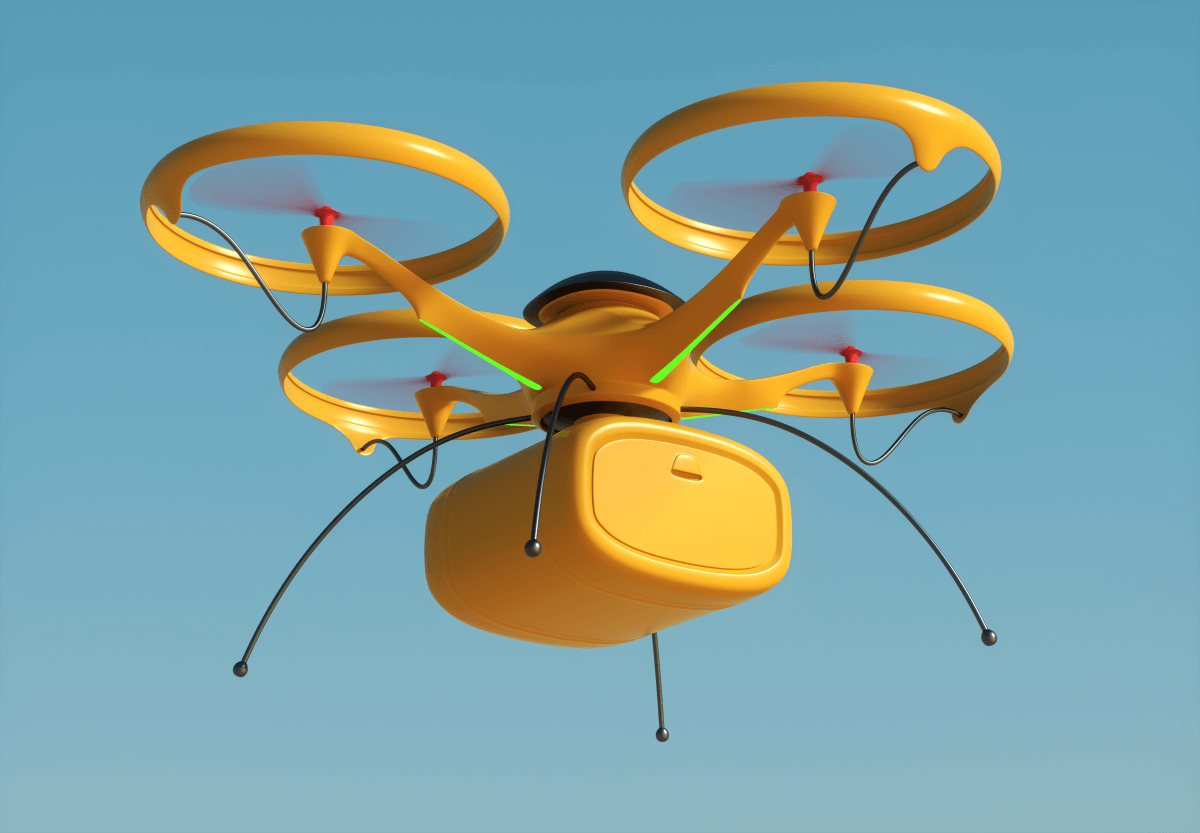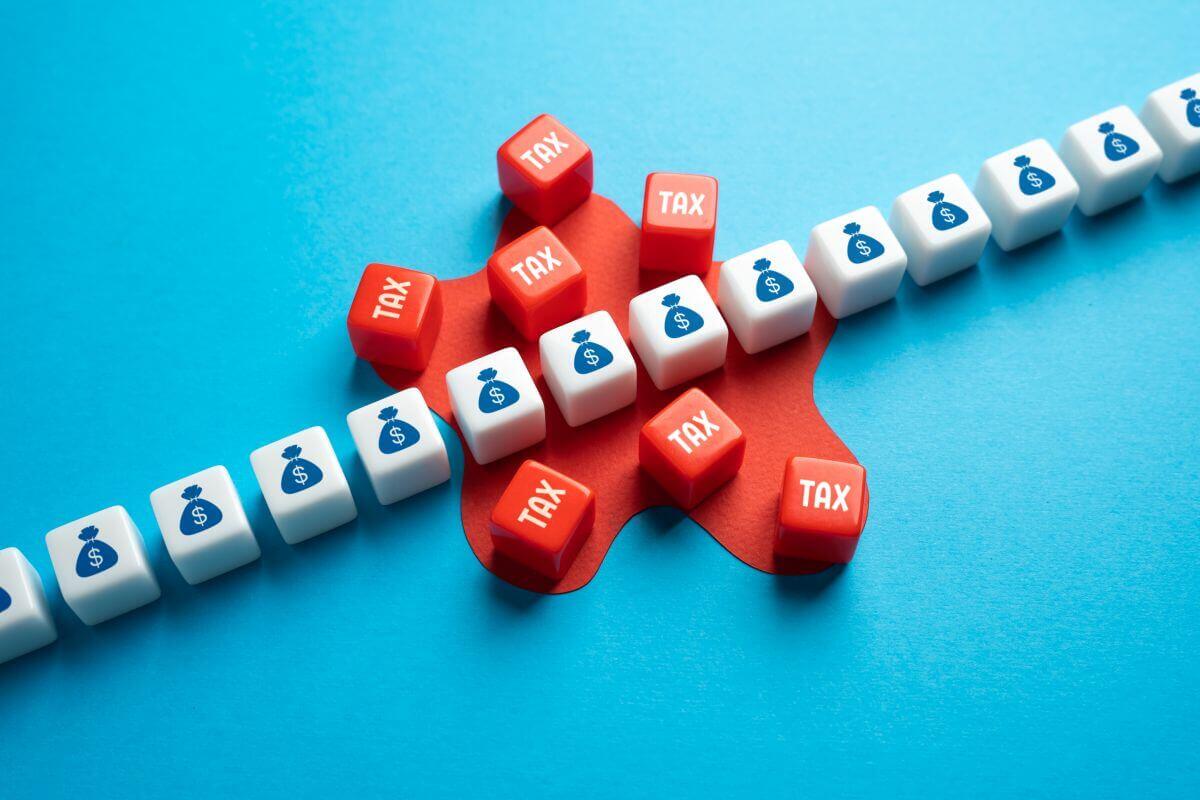On 21 February 2019, AusIndustry released new software guidance documents: “Software Activities and the R&D Tax Incentive” and a “Guide to Common Errors”. AusIndustry, Tech Business, R&D Accounting r&d claim software
This is a response from AusIndustry to the outcry of tech communities in terms of the lack of guidance in the definition of software R&D under the R&D Tax Incentive and concern over the ATO/AusIndustry Tax Payer Alerts that were published two years ago. ausindustry r&d application
The documents have helped to clarify the eligibility of software activities under the R&D Tax Incentive. ausindustry r&d application
The documents contain a comprehensive guidance and specific examples on what constitutes eligible ‘Software R&D Activities’ vs ‘Business as Usual/Software Development’ activities, what R&D expenditure can be claimed, and what records must be kept demonstrating that core and supporting R&D activities have been conducted.
Related: Isn't it the R&D meant to reward Innovation?
Below is the summary of the key takeout’s that AusIndustry emphasise on these documents:
- Eligibility is assessed at an activity level rather than a project level.
- ‘Innovation’ does not necessarily equate to eligible ‘core R&D activities’.
- Eligible core R&D activities are
- experimental activities whose outcome cannot be worked out based on the current knowledge/experience available to a competent professional on a world-wide basis and the experiment must be undertaken by applying a systematic progression of work; and
- generating new knowledge.
- Examples of software R&D vs routine software development activities.
- Keep records of experiments and their outcomes at the time you are conducting them.
- If there is no contemporaneous evidence that an activity meets all eligibility criteria of core and supporting R&D activities, AusIndustry may find that the activity is not eligible. r&d claim software
- Only claim the proportion of expenditure that you incurred to conduct eligible core and supporting R&D activities and keep records to demonstrate how this expenditure is linked to an eligible activity. r&d claim software
What do companies need to do to claim for R&D Tax Incentive?
- Only claim activities that meet the definition of the R&D Tax Incentive.
- Only claim a proportion of expenditure that has a direct nexus to the R&D activities.
- Ensure that you keep adequate technical and financial record to support your R&D Incentive claim. r&d claim software
- Understand that either the ATO and/or AusIndustry may conduct a compliance review of your R&D claim and request for your record.
- Remember that good record keeping means ‘reduced’ compliance burden and costs for your business.
- Whilst it is not necessary for companies to obtain any external assistance to claim for the R&D Tax Incentive, we recommend that you seek the advice of an experienced R&D Tax Incentive specialist that understands the program and keeps up-to-date with R&D Tax Incentive. This will help you to understanding the program and manage risk. r&d claim software
Related: R&D: Testing our Product brought about New Knowledge, is that Eligible?
Who is Azure Group and what is our key differentiation? r&d claim software
Azure Group’s Tax Incentive team are well recognised in the industry and always up-to-date with the R&D Tax Incentive program. r&d claim software
Our team come from accounting, science, engineering and government (AusIndustry) backgrounds and have been working in the R&D Tax Incentive since it came alive on 1 July 2011, replacing the R&D Tax Concession.
Our team write and prepare the AusIndustry R&D Application for you. We provide specific advice on what activities and expenditure are eligible for the R&D Tax Incentive and how to manage your record keeping ensuring you are compliant and meet the requirement of the program.
We would be more than happy to discuss your eligibility and provide tips on how to be compliance ready. ausindustry r&d application
This article is intended to provide general information only, and is not to be regarded as legal or financial advice. The content is based on current facts, circumstances, and assumptions, and its accuracy may be affected by changes in laws, regulations, or market conditions. Accordingly, neither Azure Group Pty Ltd nor any member or employee of Azure Group or associated entities, undertakes responsibility arising in any way whatsoever to any persons in respect of this alert or any error or omissions herein, arising through negligence or otherwise howsoever caused. Readers are advised to consult with qualified professionals for advice specific to their situation before taking any action.









Comment